The Asian Daikon radish is also becoming increasingly popular in Europe. It is just as healthy and rich in nutrients as the domestic garden radish, but its mild taste is unique.
What you should know about the daikon

The daikon is a cultivated form of the garden radish. It originally comes from the East Asian region and is an important part of Japanese, Chinese and Korean cuisine. That is why it is not only known under the name Daikon radish, but also becomes Japanese or Chinese radish called.
In India it's called Mooli. This type of radish is now also grown in Italy. These come to local dealers in late summer and autumn. The main difference between the daikon radish and the domestic garden radish is its size and its mild taste. The latter is characterized above all by a more intense sharpness. Another name for the daikon radish is giant radish because it can be up to 50 centimeters long and 4 kilograms. Rare pieces even weigh up to 20 kilograms. Giant radishes are around 4 to 10 centimeters in diameter. It has a rather slim and pointed shape. If you want to grow the daikon, you have to pay attention to its long cultivation time.
After sowing, it can usually only be harvested after 50 to 90 days. However, the harvest should not be too late, otherwise it will taste bitter. Like the conventional garden radish, the daikon plant also has a lifespan of one to two years. Part of the root often protrudes from the ground, where it turns green from contact with sunlight. In Asia, these green leaves are also pickled for consumption or eaten fresh as a vegetable. In Germany the leaves are removed for sale because they turn yellow quickly.
One suspicion is that the daikon was first inserted by a monk so that it can be kept even in winter. Pickled daikon is mainly eaten in the Japanese city of Kyoto. In China, the vegetable is found in Cantonese dishes. The traditional radish cake is available in China for the New Year celebrations. In Korea, the daikon is pickled and processed into the typical dish of kimchi.
Importance to health
The positive effects of daikon radish on health have always been known in Asia. These are becoming more and more popular in Europe too. The vegetables contain a high proportion of mustard oils, which are said to help fight pathogens.
The juice of this radish is also said to relieve coughs and liver and gall bladder problems. Traditional Chinese medicine has benefited from the healing properties of radish juice for many years. Since the daikon radish, like the horseradish, promotes the breakdown of fats, oils and proteins, it is highly valued in macrobiotic cuisine. Thanks to this property, it is often used in China as an ingredient in soups that are served with high-fat foods. Radish soup can prevent an unpleasant feeling of fullness.
Because daikon radishes help the body with the excretion of fats on the jumps. Similar to other types of radish, the daikon is also rich in minerals and vitamins. Due to its high calcium content, it has a positive effect on bone and dental health. The iron is also present in a high proportion, so that regular consumption of daikon radish promotes the formation of red blood cells. In Asia, the daikon is also used to treat depressive symptoms.
Ingredients & nutritional values
| Nutritional information | Amount per 100 gram |
| Calories 18 | Fat content 0.1 g |
| cholesterol 0 mg | sodium 21 mg |
| potassium 227 mg | carbohydrates 4.1 g |
| Fiber 1.6 g | protein 0.6 g |
The daikon radish is very rich in minerals and vitamins, but it is very low in calories. Per 100 grams of radish contain only about 14 calories. A daikon radish even contains so much vitamin C that it could cover an adult's daily requirement. The main representatives of the minerals contained in a daikon radish are calcium, magnesium, potassium, zinc and phosphorus.
The proportion of vegetable protein should also not be underestimated. There is even 0.6 grams of protein in 100 grams of radish. The fiber content is around 1.6 grams. Since the radish contains around 4.1 grams of carbohydrates per 100 grams, it is also a healthy filler. In addition to vitamin C, these vegetables also contain vitamins A, D and B12.
Intolerances & allergies
Those who are prone to chronic stomach problems can get heartburn due to the mustard oils contained in radish. In addition, like all other types of radish, the daikon radish has a slightly diuretic effect. People with bladder weakness will have to go to the toilet more often if they consume it regularly.
The symptoms of an allergy to daikon radish are typical signs of a food allergy. These express themselves in skin rashes, gastrointestinal complaints or shortness of breath. Radishes only cause a food allergy in very rare cases. However, if an allergic reaction occurs after consuming daikon radishes, medical advice must be sought quickly.
Shopping & kitchen tips
Daikon radishes are mainly available in Asian markets. But there are also many greengrocers and large supermarkets that sell this particular type of radish. When buying daikon radishes, it is particularly important to ensure that the skin is smooth and light. The beet should also be as heavy as possible. Fresh daikon radishes still have green leaves.
The radish only passes the odor test if it smells pleasantly mild. A limp turnip with a wrinkled skin has probably been in the store for several weeks. We also advise against buying it if the smell is very intense and the leaves are yellow and withered. Daikon radishes are usually harvested by hand so that they reach the consumer undamaged. If the radish shows any external damage, then it should not be bought either. Storing daikon radishes is quite straightforward.
They even last up to four weeks in the refrigerator at 0 ° Celsius. The humidity should be around 95 to 100 percent. Before processing, the beet is washed, peeled and soaked in salt water for 15 minutes. However, if you prefer to eat the radish raw, you don't need to soak it in salt water.
Preparation tips
There are various ways of preparing the daikon radish. It can be boiled, cooked, pickled or preserved. It is also possible to eat it raw. Although it tastes milder compared to the domestic garden radish, it still has an intense heat when raw.
If you do not like the sharp pungency of radishes, you should definitely use the daikon radish. The good news is: Even if the daikon is cooked for a long time, the mild aroma and crunchy consistency are retained. In Japan, the daikon radish is first pre-cooked and then cooked with soy sauce. It is also a good ingredient for sashimi by grating it finely and sprinkling it over the fish.

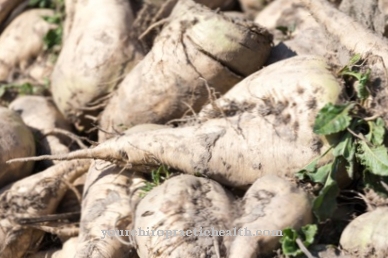
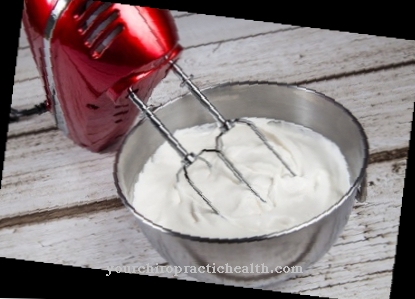

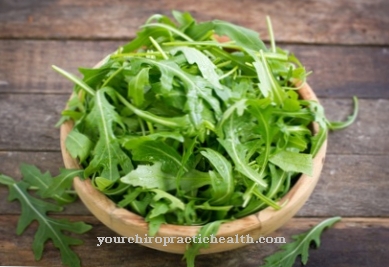
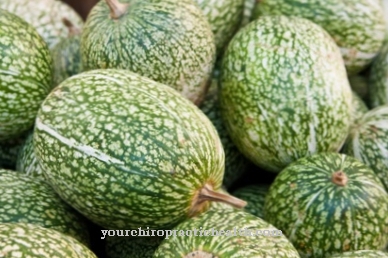
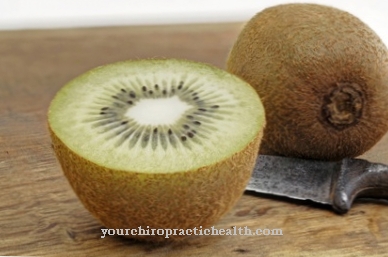

















.jpg)



